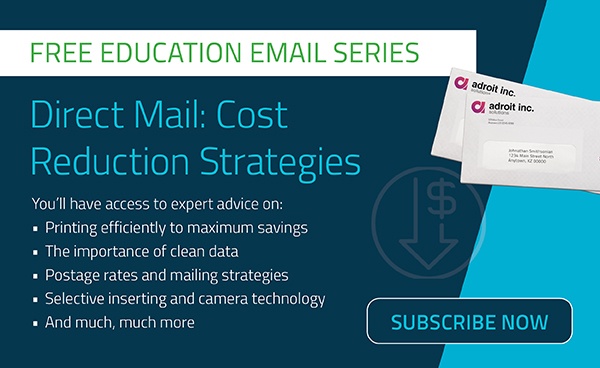7 Essential Steps to Better Data Hygiene
Streamworks Blog

Dirty data isn’t just a mess—it’s a menace.
Inaccurate data has a direct impact on the bottom line of 88% of companies and, as a result, attributes to a 12% revenue loss to the average company.
According to a study by Experian Research, bad data can cost you even more than the 12% in lost revenue—28% of those who have had problems delivering email say that customer service has suffered, while 21% experienced reputational damage.
Keeping your database fresh and up-to-date can be the only thing getting between a lead for you and a lead for your competitor. One seemingly small misstep—like a wrong email address or phone number—can quickly derail even the best laid plans.
Better Data Drives Better Leads
The industry average lead-to-conversion ratio is 143:1. But studies show companies with best-in-class data management practices require only 68 leads to secure each new customer. That’s a whopping 152% increase in lead generation efficiency—all thanks to better data hygiene.
In addition, clean data leads to increased marketing efficiency, customer satisfaction and cost savings. It will also help ensure your customer profiling abilities are spot on for proper segmenting, making targeted inbound and outbound tactics more accurate and relevant—which can dramatically shorten your sales cycle.
So how do you know when it’s time to declutter your data?
Below are 7 essential steps to better data hygiene—and more qualified leads.
1. Perform a database audit to understand the current health of your database. This will help determine how much data has gone M.I.A., and how many permutations exist within the system.
2. Before applying new filters and controls to your system, clean up existing data records. A data connector like an email address or account number consolidates data across disparate sources and can help you fill in any missing values. Normalizing data on a regular basis will ensure that all existing and new database entries remain clean and consistent.
3. Before you become delete-happy, give the sales people who own the bad records a heads up. Merging records is a better option than deleting, especially when you consider all the work that originally went into securing that data.
4. Automatically convert variations to a single version of the data by replacing regular fields with normalized fields. Now that your existing data has undergone extensive cleaning measures, it’s important that all new data remains just as clean.
5. Use picklists—field forms with a list of predetermined values—to avoid free-form data entry, whenever and wherever possible. This will come in handy when it comes to securing data like job titles, areas of interests, industries, and other demographic information.
6. Personalize experiences with progressive profiling. In a marketing automation platform, progressive profiling enables you to ask for new information when a lead fills out a subsequent form, eliminating the need to ask for information you already have.
7. Regularly review user visibility settings in your CRM platform to reduce the risk of duplicates. Staff roles and responsibilities change frequently; limiting visibility to role requirements is essential to keeping your database clean and maintained.
Remember, a tip-top database is best achieved as a collective rather than individually. Educate your team on the costly effects of dirty data, and provide them with training sessions and ongoing support. The extra time and attention will pay for itself in new revenue down the line.
Uncover opportunities to improve your existing marketing campaigns by saving money.
Sign up for our FREE Education Email Series Direct Mail: Cost Reduction Strategies for more cost-saving strategies.




.jpg?width=352&name=770X310-LeadGen-V2%20(1).jpg)